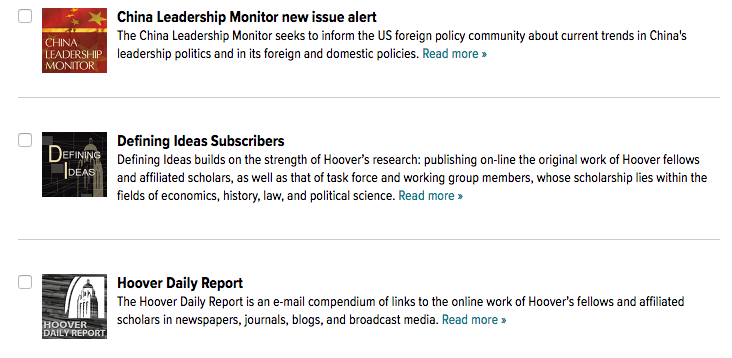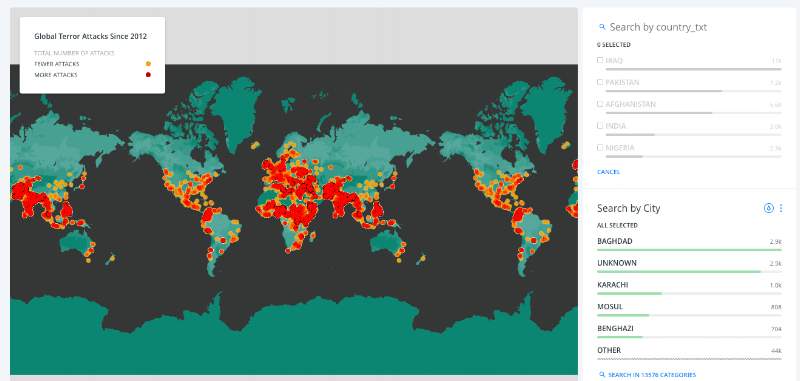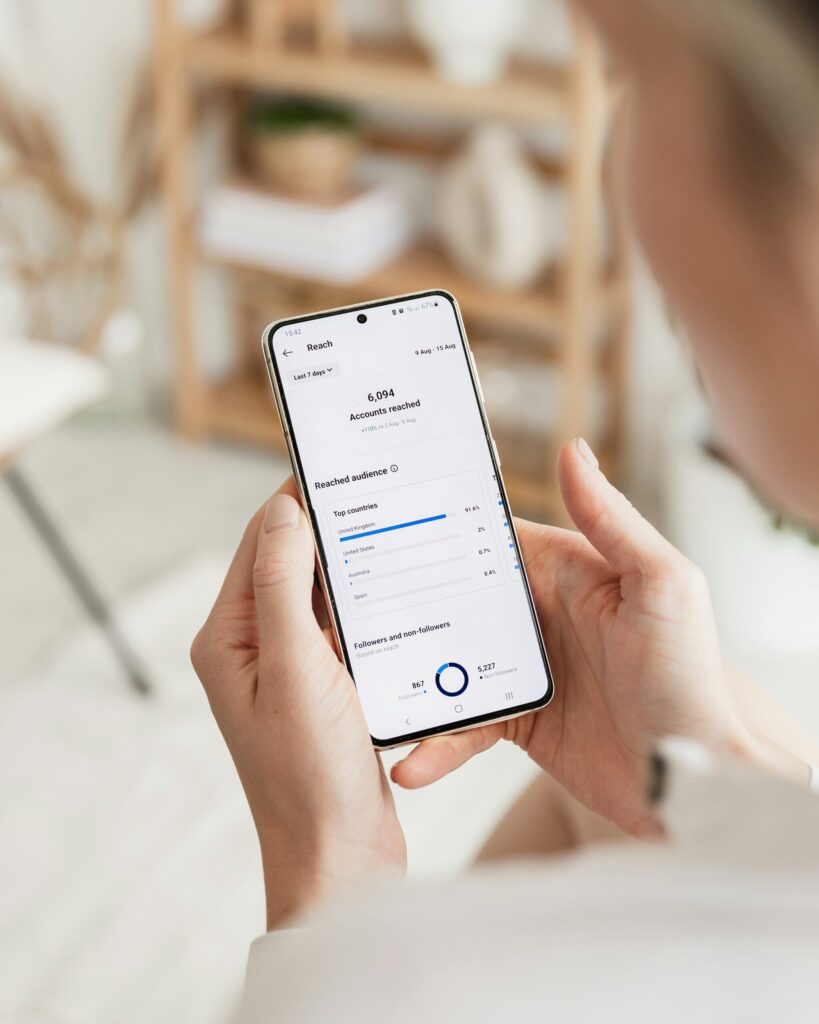Build a clear, capable website navigation

The Aspen Institute is a great example of a think tank that has thought about and developed a capable navigation. It is vital to their website given the broad range of policy programs they cover. This allows the user to access what they want to easily, minimising the time spent trolling through irrelevant pages.
Create a variety of email subscriptions

Email subscriptions are valuable as a simple way of keeping stakeholders up-to-date with your latest content. A clever way of doing this is to provide a variety of different subscription types to narrow the number of alerts a user may get. This keeps the content targeted towards the user’s interests and helps to reduce unsubscribes. A good example is that provided by the Hoover Institution.
Understand your audience and follow the trends

When social media is used well it enhances a think tank’s online presence. The Brookings Institution is a fantastic example of how to do this. For example, the image above shows how they use accessible and easily digestible infographics accompanied by the original research in a link. More so, they are hijacking hashtag trends to promote the research to a wider audience.
Allow users to interact with data

Interactive features are a growing part of the online experience, but are rarely used by think tanks. The interactive reports released by the Centre for Strategic and International Studies (CSIS) are a great example of how some think tanks are progressing in this field. Take a look at their report Turning Point: New Comprehensive Strategy for Countering Violent Extremism. CSIS has made use of ample interactive features, such as clickable map, overlays on graphs, and the ability to explore the data for yourself.
Create rapid response current affairs podcasts

Podcasts have been around for a while but only a few think tanks are utilising them efficiently. Take the magazine The Spectator. Okay, it isn’t a think tank, but think tanks can learn a lot from them. They take the form of bite sized 10-15 minute episodes, usually rapid responses to The Spectator’s takes on current events. Perfect for those with small attention spans but the need for instant analysis.





